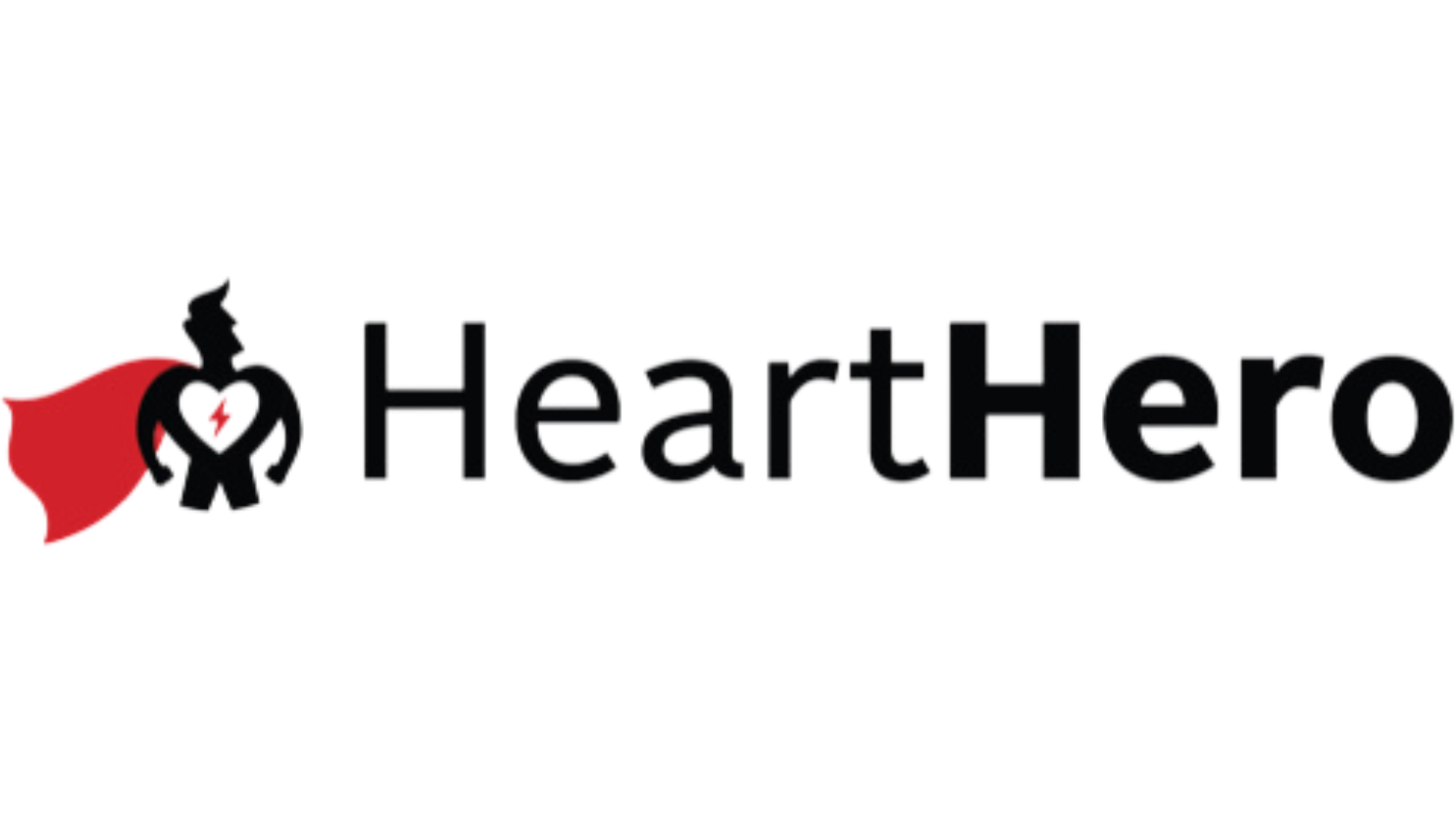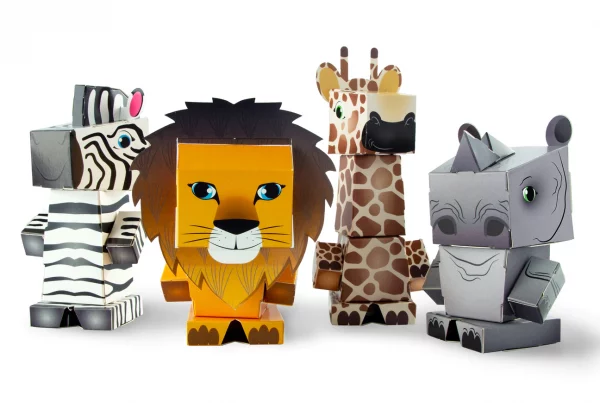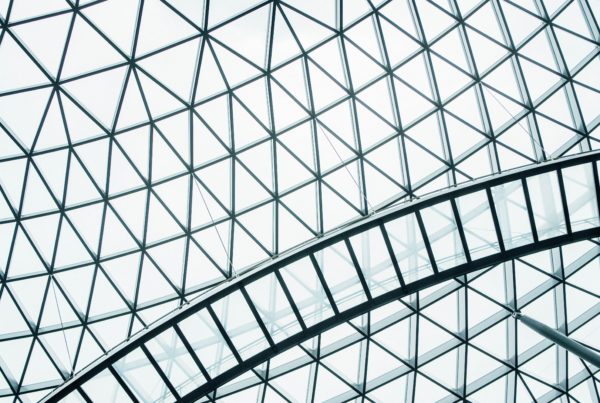In the United States, someone has a heart attack every 40 seconds, according to the CDC. 4 out of 5 cardiac arrests occur at home.
“Imagine the news for a minute if two Boeing 747s crashed every single day in just the US. Cardiac arrest kills more people than breast lung, colon, and prostate cancer combined. But we aren’t talking about it,” according to Gary Montague, CEO of HeartHero. Montague, a former CIA Medical Officer and Navy veteran, launched HeartHero in 2016 with the goal of democratizing how we respond to heart attacks.
“Heart attacks don’t get that sort of attention because they are so matter of fact. One minute, you’re here and the next minute you’re gone and a loved one is shopping for your coffin,” says Montague.
While an AED can save your life, and CPR can buy you time until an AED arrives, AEDs are not widely available to consumers. Right now, a new AED costs between $1,200.00 and $3,000.00. HeartHero is on a mission to change that by developing a small, portable, easy-to-use AED that will save people in cardiac arrest.
What should people know about heart attacks?
Cardiac arrest affects anybody with a heart. Sometimes we associate cardiac arrest with people who have a preexisting condition, but heart attacks happen to relatively healthy people every day. They happen at the gym, even. Greg Page, the yellow Wiggle, went into cardiac arrest performing on-stage.
What is most important for heart attack survival?
The chain of survival is so broken and disconnected around heart attacks. When someone goes into arrest, you call 911 and you hopefully give CPR until paramedics arrive. Tom Petty, for example, died of cardiac arrest. His wife called 911 and on the tape, you can hear the dispatcher trying to talk her through how to perform CPR while waiting for the paramedics. While CPR buys you time, the electrical shock of AED electricity on the heart, which restarts the heart back into its normal rhythm, is really the solution.
HeartHero integrates the chain of survival, making it one big loop. As soon as the pads are placed, it auto-calls 911. We also encourage that people call 911 just like the standard of care right now, but in that situation, safety nets and redundancy are okay. If someone you love goes into cardiac arrest, you have seconds to help them, and either you are prepared, or you aren’t prepared. You will never get those seconds back.
What has been the biggest challenge with creating your product?
People are scared to innovate whether because of the cost for the big box stores or the product strategy. At first, the engineers consistently came back to me saying that we need to make it bigger, or we need to do this for safety reasons. I kept telling them to think about a new way and I didn’t give them the out. And then, three days later, they came up with a solution. Now, we have an excellent AED that revolutionizes how the therapeutic shock is given.
How has current technology impacted your system?
Technology developing around the electric car industry has been extremely helpful. This includes microprocessors, transformers, and capacitors, which are getting smaller. Our product is a convergence of new technology bundled into an appropriate system.
What are the biggest challenges in the IP process?
I personally don’t like patents, so I rely heavily on Yoriko for help. We’ve found in this process that many people are just slinging patents. About 20 years ago, for example, everybody wanted to get on the AED bandwagon, and so there were lots of patents for AED products. Unfortunately, those patents don’t expire after a few years. Yoriko helped us to establish what’s patentable and to navigate the space in an effective way. She has also been very firm with me that we will not submit a patent unless we can actualize the technology.
Especially when it comes to medical devices, patents seem to hinder the standard of care and make products less effective. For example, Phillips has an indicator on the pads to clearly show the intended placement, which they got a patent for. Their patent means that I can’t put that clear indicator on my pads anymore. Did that help Phillips to protect something or did that hurt the end user because now other products aren’t able to indicate adequate placement in that way? Patents often mean that we have to get crafty on how to do certain things.
The dynamics of patents in the medical device industry are extremely complicated. Yoriko has been incredibly helpful, speaking to engineers as well as investors, to help us to develop a very strong patent for our product.
At Patents Integrated we specialize in working with clients building complicated systems electronics and optical systems, providing expert patent services to guide them through every stage of the process. Click here to get started.





